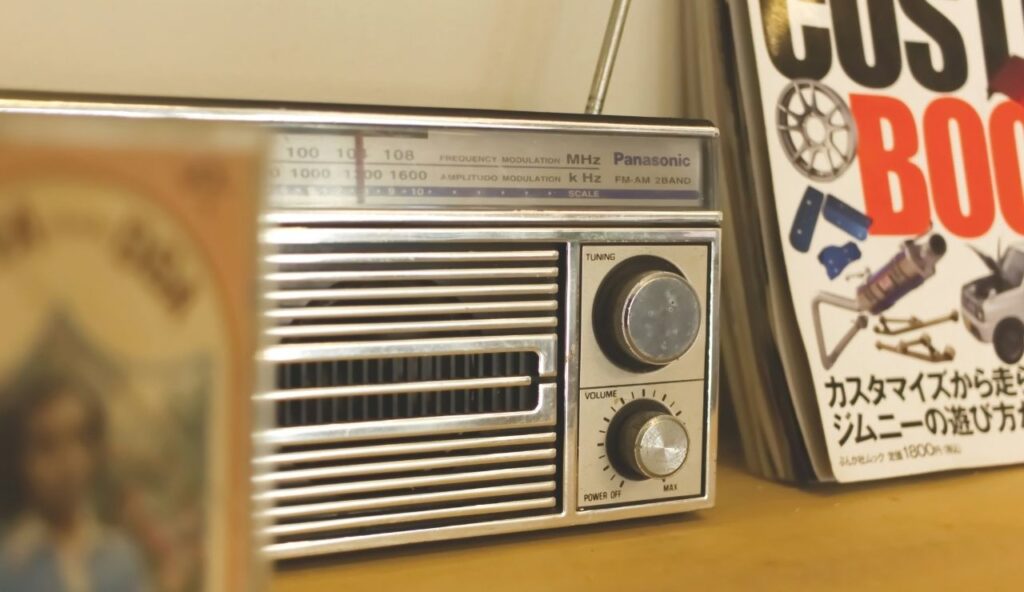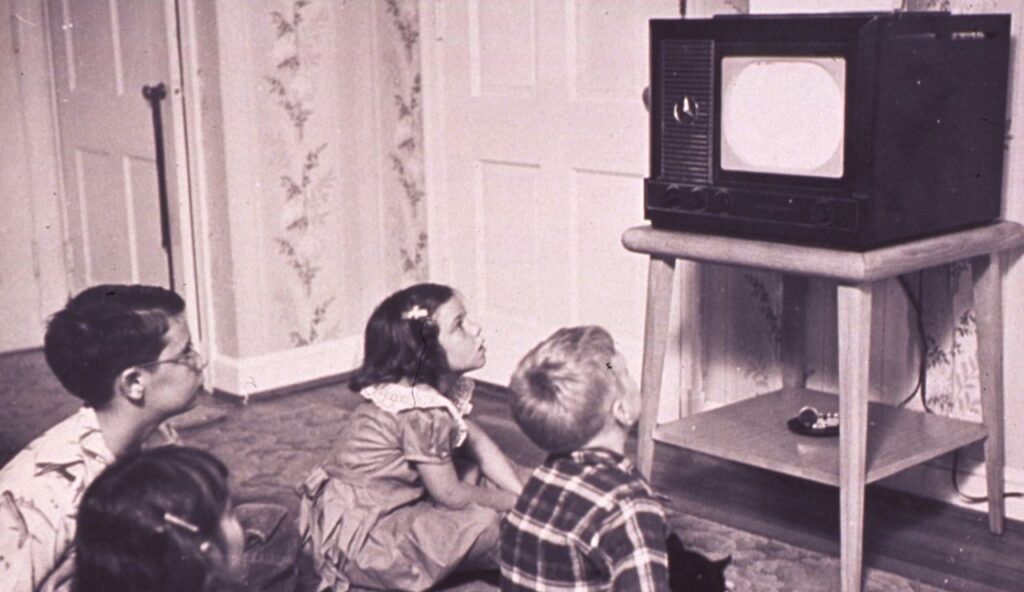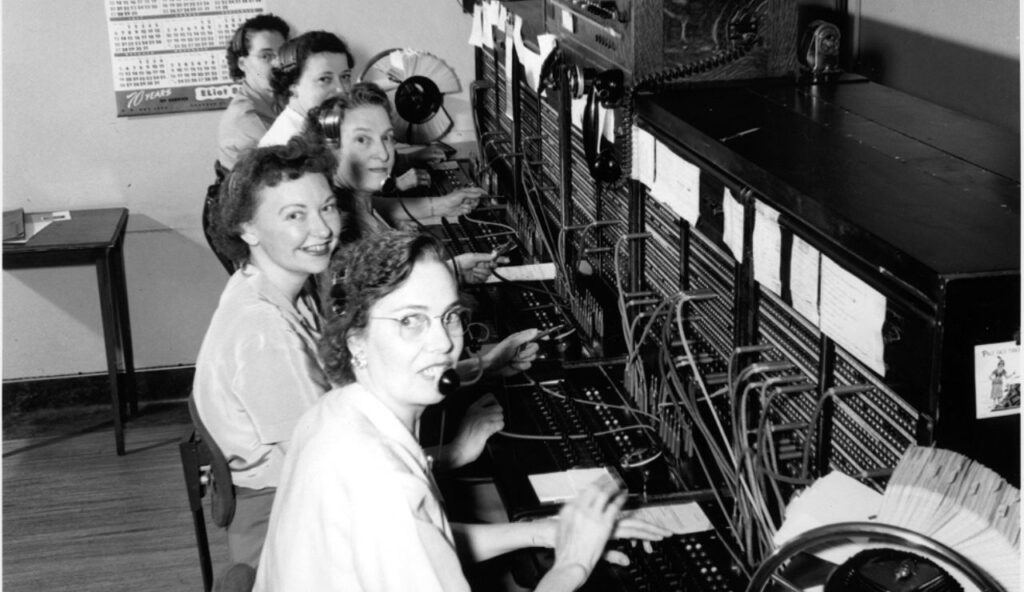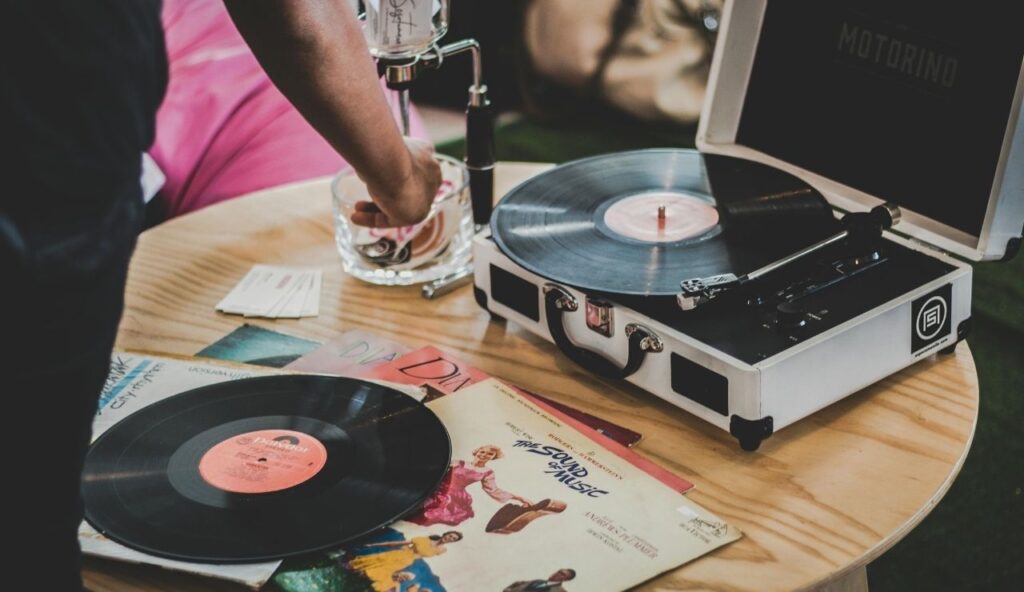Being a teen in the 1960s meant navigating a world built for slowness and structure. There were no shortcuts for finding answers, no instant ways to connect, and no digital noise filling every moment. Daily life was ruled by patience, planning, and systems that left little room for spontaneity. What teens once accepted without question would now feel unfamiliar, even unthinkable.
1. Waiting Days to Hear a Song Again

If a song played on the radio and you missed it, you had to wait for another chance. There were no music apps, no replay buttons, and no quick searches. You listened closely, hoping to hear the name so you could find the record later. Hearing your favorite song was rare and exciting. The moment passed quickly, and unless you were ready, it was gone.
2. Making Plans Without Texting

Meeting up with friends required planning in advance. You called from a landline or agreed on plans at school. Once you left the house, there was no way to confirm or change anything. If someone was late, you waited. Last-minute changes were nearly impossible. Being dependable mattered, because your friends had no way to reach you once the day began.
3. Watching TV When It Aired or Missing It

TV shows were scheduled, not streamed. If you wanted to watch something, you had to be home at the right time. There were no recordings or replays. Families shared one television and adjusted the antenna for a clear signal. Commercials ran without skipping. Missing an episode meant waiting months for it to return. Watching TV was an event, not background noise.
4. Using a Typewriter for Schoolwork

Homework was done on a typewriter, not a laptop. One mistake meant starting over or using correction tape. There was no delete key and no spellcheck. Each page had to be carefully typed, letter by letter. Formatting took effort, and speed came only with practice. Finishing a paper meant more than typing words. It meant learning how to be careful and accurate.
5. Looking Up Answers in Encyclopedias

Before the internet, finding facts meant searching through books. Encyclopedias sat on shelves at home or in the library. You flipped through volumes, hoping for a clear answer. If the books were outdated, you worked with what you had. Research required patience and reading. Learning wasn’t instant, and that made the process feel more thoughtful.
6. Talking to Operators to Make a Call

Long-distance calls were not simple. You often had to speak with a phone operator who connected your call manually. If the line was busy, you waited. Phone numbers were written in books or memorized. Conversations had clear beginnings and endings. There were no apps, no call logs, and no easy way to follow up. Talking on the phone felt formal and scheduled.
7. Living With One Bathroom for the Whole Family

Families often shared a single bathroom. Mornings involved waiting your turn and sharing space with siblings and parents. There was little privacy, and timing mattered. Getting ready was a shared process, not a solo routine. Teens today are used to having their own mirror and space, but in the 60s, personal time was limited and often interrupted.
8. Waiting Weeks to See Your Photos

Cameras used film, not memory cards. You took a photo and waited to get the film developed. That could take several days or longer. Sometimes the pictures were blurry or off-center, and you didn’t know until it was too late. There was no preview, no editing, and no retakes. Every picture mattered because every photo had a cost.
9. Only Watching the News Once a Day

News came in the morning paper or the evening broadcast. If you missed it, you waited until the next day. There were no notifications or online headlines. One or two voices shaped how people understood current events. Teens learned what was happening by listening or reading, not scrolling. Information arrived slowly but carried more weight.
10. Writing Letters to Stay in Touch

Long-distance friends didn’t stay connected through messages or video calls. Letters were written by hand, placed in envelopes, and sent through the mail. Waiting for a response took days or weeks. Phone calls cost money, so letters were the main way to stay in touch. Each reply felt personal, and conversations took time and effort to maintain.
11. Listening to Music on a Record Player

Music was played on vinyl records using a turntable. You placed the needle, listened from start to finish, and flipped the record for the second side. Skipping songs wasn’t easy, and scratches could ruin an album. The experience required care and attention. Playing music wasn’t background noise. It was something you sat down and listened to with intention.
12. Following Strict Dress Codes at School

School dress rules were more limiting than today. Girls were often required to wear skirts, and some schools banned pants altogether. Boys were expected to keep their hair short and shirts tucked in. Violating these rules could mean detention or being sent home. Clothing was about following expectations, not expressing personality or comfort.
13. Watching Cartoons Only on Saturday Mornings

Cartoons aired one day a week, usually early on Saturday. If you didn’t wake up in time, you missed the show entirely. There were no reruns, no streaming, and no recording. You planned your morning around the TV schedule. Watching cartoons was a reward, not something you could do anytime. Missing it meant waiting another full week.
14. Shopping Without Reviews

Stores didn’t offer product ratings or customer feedback. You bought things based on word-of-mouth, brand reputation, or simply by guessing. If it didn’t work out, returning it could be a hassle. Teens couldn’t scroll through pages of opinions before making a choice. Shopping involved trust, a bit of luck, and sometimes learning from a bad purchase.
15. Standing Still for a Phone Call

Corded phones were attached to the wall, often with limited reach. Talking on the phone meant standing in one place. If someone called, you stayed near the kitchen or hallway to answer. You couldn’t move around, do chores, or pace the room. Long calls could leave your arm sore. The phone wasn’t portable, and that shaped how long and how often you talked.


